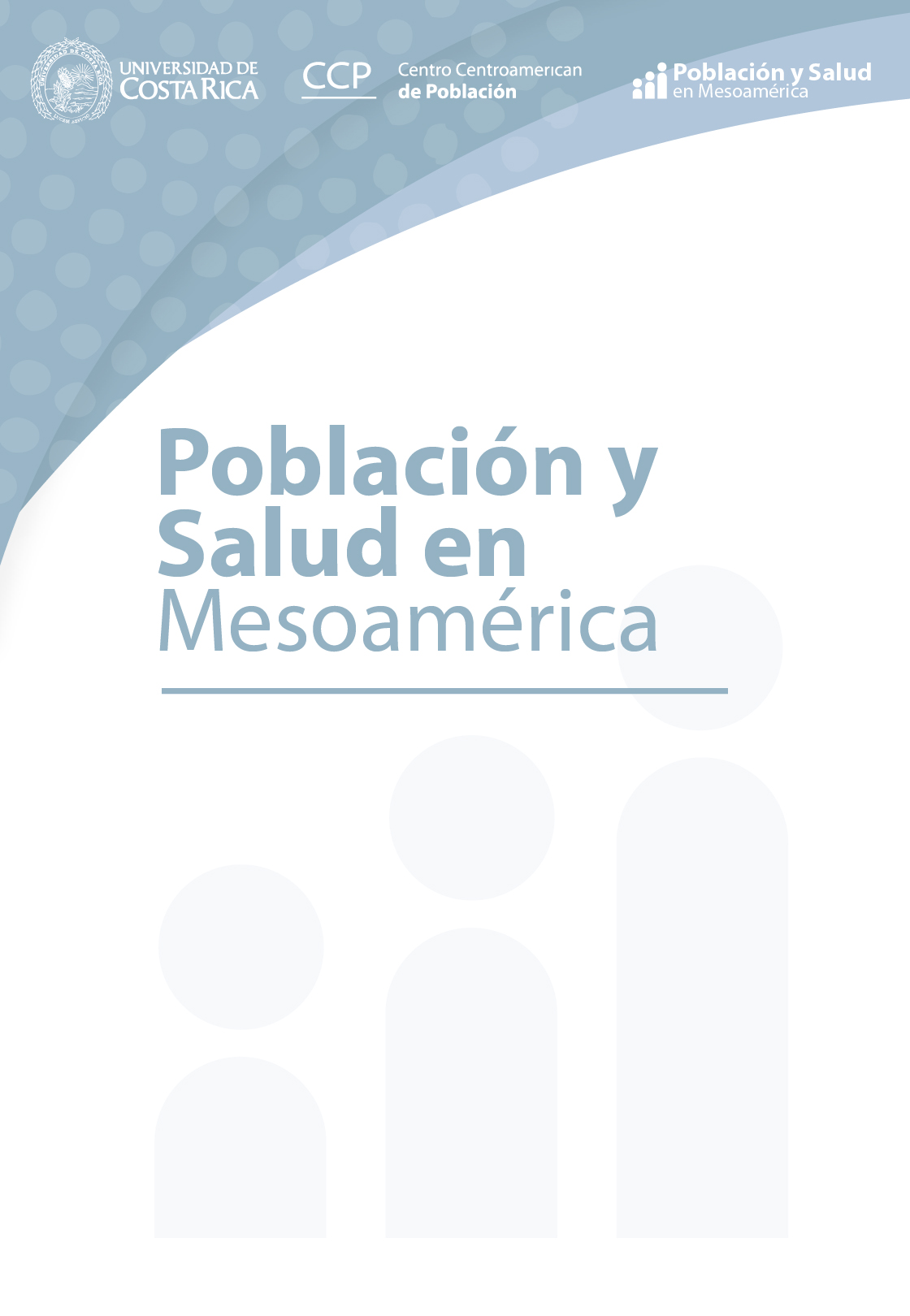Abstract
Tobacco consumption implies a dilemma in the allocation of the family budget. Hence, the objective of this study is to determine the effect of tobacco consumption on expenditure patterns within Costa Rican households. The 2018 National Household Income and Expenditure Survey is used to estimate Engel curves through a Quadratic Almost Ideal Demand System, using the Seemingly Unrelated Regression model for a set of 11 expenditure categories. Due to heteroskedasticity and endogeneity, the Generalized Method of Moment Three-Stage-Least-Squares (GMM-3SLS) is used since it provides more efficient parameter estimates. Results show that tobacco consumption is associated with a crowding-out effect on health expenditure and with a crowding-in effect on restaurant and hotel expenditures. Furthermore, tobacco consumption shows a crowding-in effect on alcoholic beverages for every income quintile. This suggests that tobacco consumption could harm the country´s standard of living and not only the realm of health.
References
Banks, J., Blundell, R., & Lewbel, A. (1997). Quadratic Engel Curves and Consumer Demand. The Review of Economics and Statistics, 79(4), 527-539. http://www.jstor.org/stable/2951405
Becker, G., & Murphy, K. (1988). A Theory of Rational Addiction. Journal of Political Economy, 96(4), 675–700. http://www.jstor.org/stable/1830469
Engel, E. (1857). Die Productions- und Consumtionsverhaltnisse des Konigreichs Sachsen. Zeitschrift des Statistischen Bureaus de Koniglich-achsischen, Ministerium des Innern, 8(9), 1-5.
Espinoza, A., Fantin, R., Barboza, C., & Salinas, A. (2020). Características sociodemográficas asociadas a la prevalencia del consumo de tabaco en Costa Rica. Revista panamericana de salud pública, 44(17), 1-8. https://doi.org/10.26633/R- PSP.2020.17
Fernández, J. (2005). Algunas reflexiones en torno al problema de la creación de necesidades en publicidad y marketing. Revista Internacional de Comunicación Audiovisual, Publicidad y Estudios Culturales, 1(3), 101-124. https://dialnet.unirioja.es/servlet/articulo?codigo=2142127
Fonseca, S., Méndez, J., Bejarano, J., Guerrero, C., & Reynales, L. (2017). Tabaquismo en Costa Rica: susceptibilidad, consumo y dependencia. Salud Pública de México, 59(1), 30-39. https://doi.org/10.21149/7765
Gruber, J. & Köszegi, B. (2001). Is Addiction “Rational”? Theory and Evidence. The Quarterly Journal of Economics, 116(4), 1261–1303. https://doi.org/10.1162/003355301753265570
Husain, M., Datta, B., Virk-Baker, M., Parascandola, M., & Khondker, B. (2018). The crowding-out effect of tobacco expenditure on household spending patterns in Bangladesh. PloS one, 13(10), 1-15. https://doi.org/10.1371/journal.po- ne.0205120
Instituto Nacional de Estadística y Censos (2020). Encuesta Nacional de Ingresos y Gastos de los Hogares. Metodología. INEC. https://admin.inec.cr/sites/default/files/media/meenigh2018_0_2.pdf
John, R. (2008). Crowding out effect of tobacco expenditure and its implications on household resource allocation in India. Soc Sci Med, 66(6), 56-67. https://doi.org/10.1016/j.socscimed.2007.11.020.
John, R., Ross, H., & Blecher, E. (2012). Tobacco expenditures and its implications for household resource allocation in Cambodia. Tobacco Control, 21(3), 341-346. http://www.jstor.org/stable/41516453
John, R., M., Sung, H.-Y., Max, W. B., & Ross, H. (2011). Counting 15 million more poor in India, thanks to tobacco. Tobacco Control, 20(5), 349 352. https://doi.org/10.1136/tc.2010.040089
Leser, C. (1963). Forms of Engel functions. Econometrica: Journal of the Econometric Society, 694-703.
López N. & Viudes, A. (2009). El control del tabaquismo desde la perspectiva de la economía. Revista Española de Salud Pública, 83(1), 9-23. https://scielo.isciii.es/scielo.php?script=sci_arttext&pid=S1135-57272009000100002
Masa, A., Chelwa, G., & van Walbeek, C. (2020). Does tobacco expenditure influence household spending patterns in Ghana? Evidence from the Ghana 2012/2013 Living Standards Survey. Tobacco induced diseases, 18(48), 1-8. https://doi.org/10.18332/tid/120936
Monge, M. (2012). Economía del tabaco. Acta Médica Costarricense, 54(1), 8-14. http://www.scielo.sa.cr/scie-lo.php?script=sci_arttextypid=S0001-60022012000100003ylng=enytlng=es
Nguyen, N., & Nguyen, A. (2020). Crowding-out effect of tobacco expenditure in Vietnam. Tobacco Control, 29(5), 326-330. https://doi.org/10.1136/tobaccocontrol-2019-055307
Organización Mundial de la Salud (2008). Informe OMS sobre la epidemia mundial del tabaquismo, 2008. http://apps.who.int/iris/bitstream/handle/10665/43897/9789243596280_spa.pdf?sequence=1
Paraje, G., & Araya, D. (2018). Relationship between smoking and health and education spending in Chile. Tobacco Control, 27(5), 560 - 567. https://doi.org/10.1136/tobaccocontrol-2017-053857
Pu, C., Lan, V., Chou, Y. & Lan, C. (2008). The crowding-out effects of tobacco and alcohol where expenditure shares are low: analyzing expenditure data for Taiwan. Soc Sci Med, 66(9),1979-1989. https://doi.org/10.1016/j.socs- cimed.2008.01.007.
San, S., & Chaloupka, F. (2016). The impact of tobacco expenditures on spending within Turkish households. Tobacco control, 25(5), 558–563. https://doi.org/10.1136/tobaccocontrol-2014-052000
U.S. National Cancer Institute & World Health Organization (2016). The Economics of Tobacco and Tobacco Control. Bethesda. Department of Health and Human Services, National Institutes of Health, National Cancer Institute; and World Health Organization.
Wang, H., Sindelar, J. & Busch S. (2005). The impact of tobacco expenditure on household consumption patterns in rural China. Soc Sci Med, 62(6),14-26. https://doi.org/10.1016/j.socscimed.2005.07.032
Working, H. (1943). Statistical laws of family expenditure. Journal of the American Statistical Association, 38(221), 43-56.
##plugins.facebook.comentarios##

This work is licensed under a Creative Commons Attribution-NonCommercial-ShareAlike 4.0 International License.
Copyright (c) 2023 Erick Enrique Sequeira Benavides







